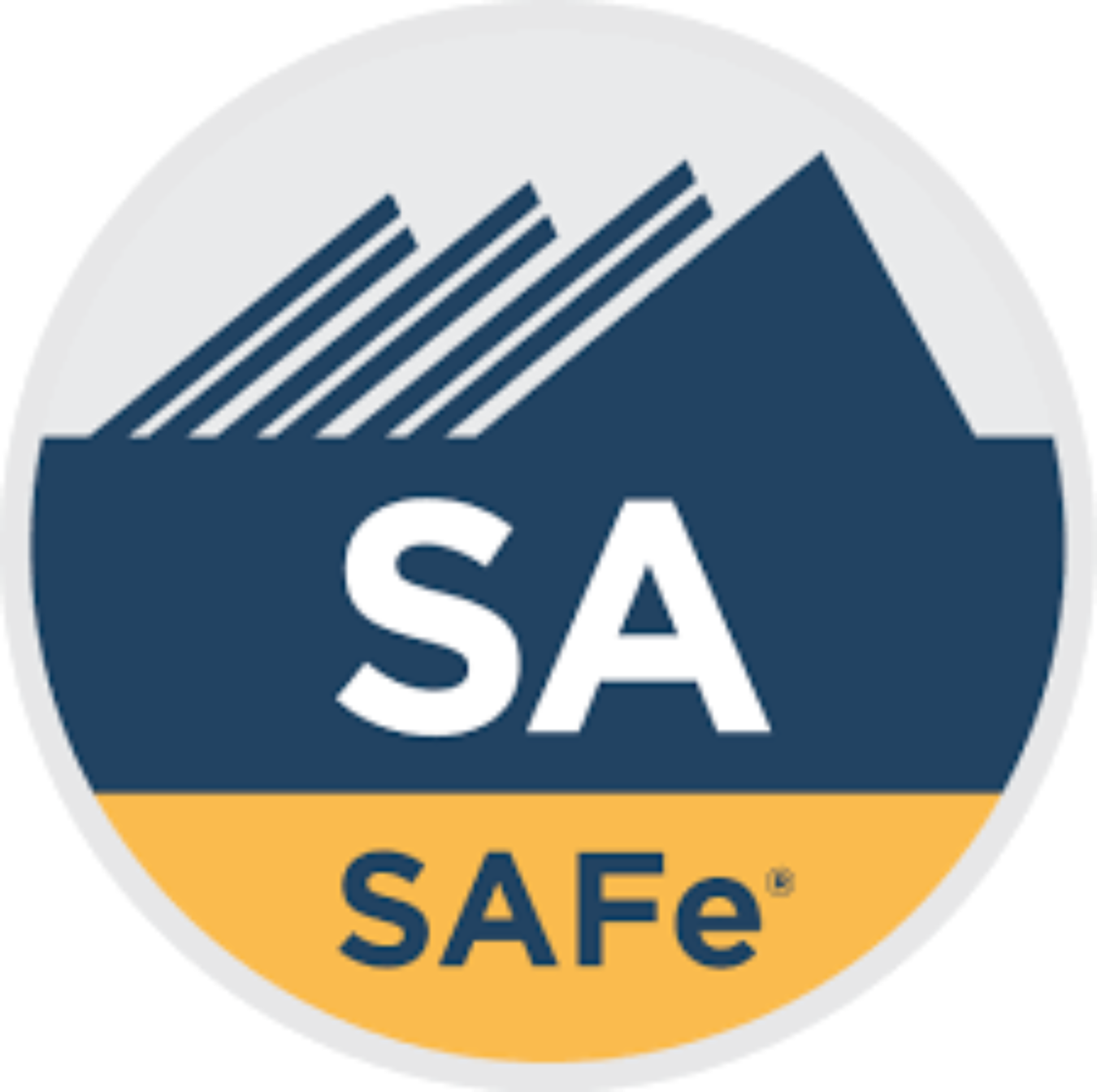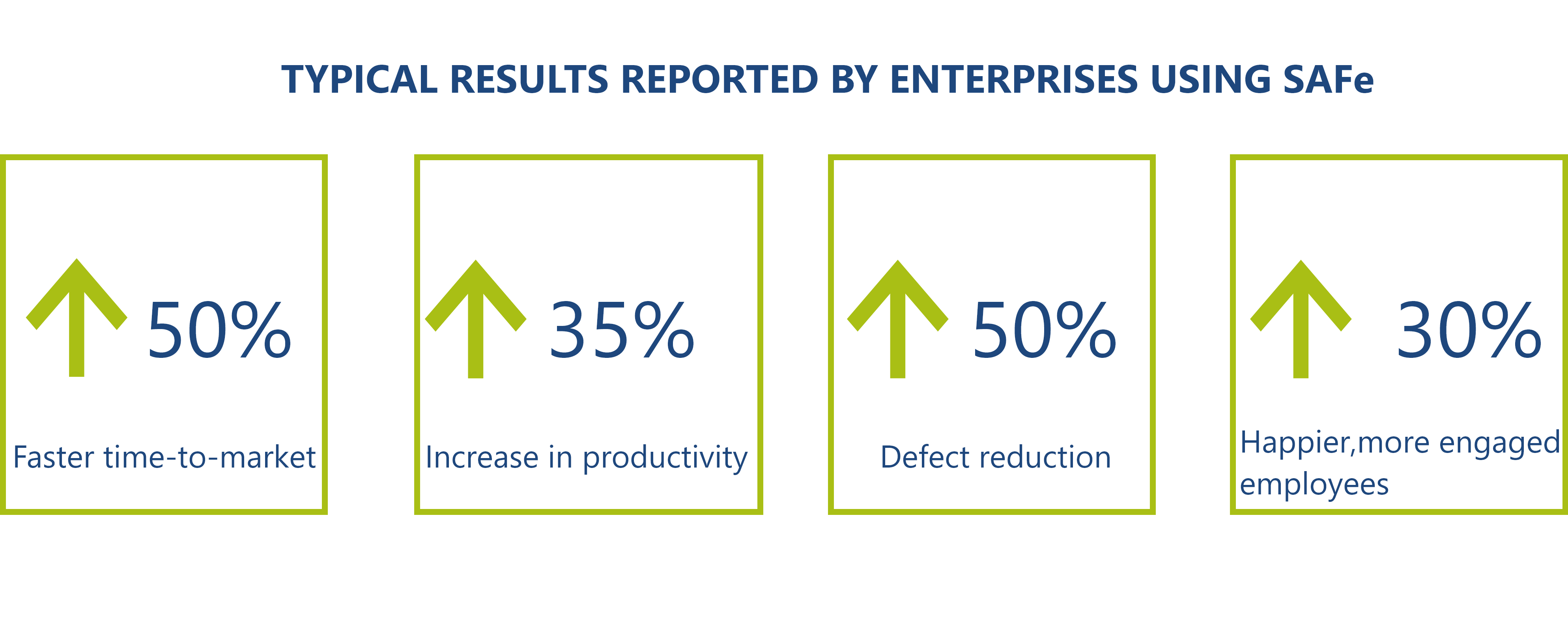PRESENTATION
The SAFe (Scaled Agile Framework) was developed in the mid-2000s by Dean Leffingwell to help organizations develop better software products and bring them to market faster using Agile, Lean and Thinking practices. systemic across the enterprise.
The idea is to get an overview of how the work moves from product managers (or other stakeholders), through governance, to programs and development teams to reach customers or internal users.
Many organizations start by experimenting with Agile practices at the scale of one or two teams. When and where they are successful, they seek to replicate that success throughout the entire company. This usually poses significantly deeper adoption and adaptation challenges than for specific small-scale projects.

SAFe
Beyond software development, SAFe also enables Lean Agile principles to be extended to leaders who deal with higher level strategic issues. The framework helps manage complex projects that involve multiple teams and large-scale strategies.
SAFe puts forward a coherent approach to planning, production and value delivery: we are talking about the ART (Agile Release Train). It is a kind of organizational container that brings together several Agile teams working at a constant rate of eight to twelve weeks called PI (Program Increment).
At the start of each PI, ART meets to plan the increment that will be delivered. This opportunity to work as a "team of teams" helps organizations identify risks, obstacles and interdependencies of different teams in order to prepare to address them. ART teams can use ceremonies like the Scrum of Scrums to stay in sync as well as regular demonstrations to inspect and adapt the product from a customer (user) centric perspective. At the end of each PI, ART inspects and adapts the what and how of the delivery.
SAFe therefore helps in several ways to maintain alignment with business objectives through its centralized top-down decision making.

 +225 27 21 51 16 16
+225 27 21 51 16 16  +1 513 389 0996
+1 513 389 0996